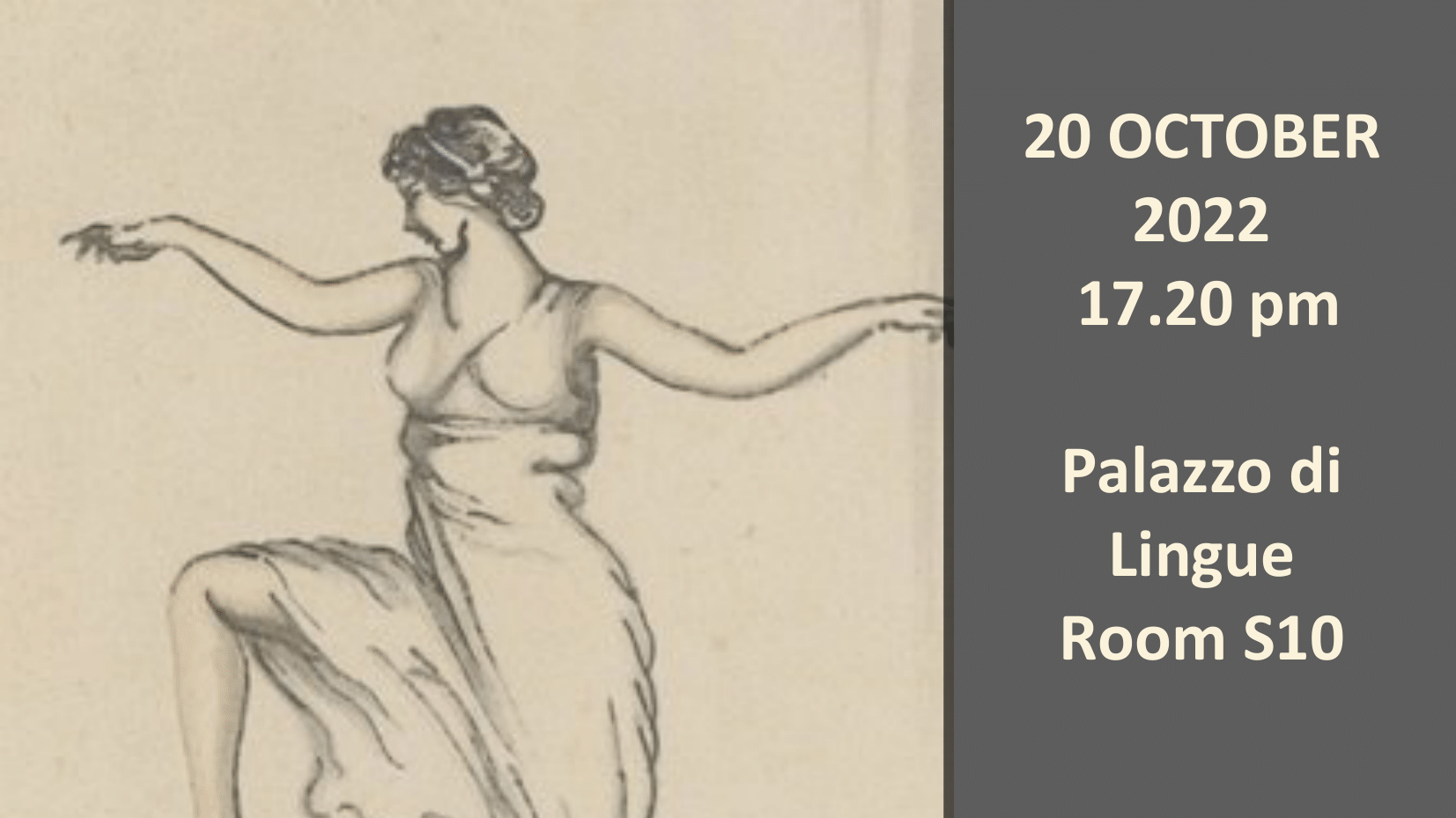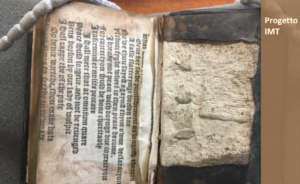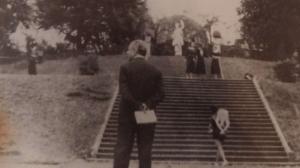Olga Taxidou (University of Edinburgh)
“The Dancer and Übermarionette: Isadora Duncan, Edward Gordon Craig and Modernist Performance”
20 October 2022 – 17:20 pm
Palazzo di Lingue – Room S10
‘The only thing I thought which would be put before or after Isadora’s dancing was marionettes’, wrote Craig after witnessing Isadora Duncan dance for the first time. This talk will examine relationships between dance, marionettes and notions of the performer as enacted through the works of Duncan and Craig. Reading their projects in tandem and not in opposition allows us to approach modernist experiments in movement and stage presence as part of the broader dialogues of the period between theories of dance, acting and puppetry. This paper approaches Duncan’s experiments in dance as engaging with and contributing to their contemporary theories and practices of acting and puppetry. ‘The Dance of the Future’ (Duncan) and ‘The Theatre of the Future’(Craig) demanded a new understanding of the performer, a concept of performing presence that was in many ways enacted by Duncan herself. This quintessentially modernist reconfiguration of stage presence is given both a contemporary context and a historical genealogy in the ways both Duncan and Craig engage with Hellenist notions of theatricality, at once revising them and paying homage to their particular take on neo-classicism. The encounters between Duncan and Craig will be read as an example of modernist networks that fuse the personal, the theoretical and the experimental. It is fascinating that Duncan’s dances, which were never notated or recorded, and Craig’s Übermarionette, which was never constructed, have left a lasting and haunting legacy on twentieth and twenty-first century notions of the performer. This paper will examine the ways these legacies were shaped, were gestured towards, through interactions that were synaesthetic and intermedial, choral and solo, created in the spaces and folds between the physical body of the performer and the marionette, between the stage and the spectator, and between the personal and the political.
For attendance via Zoom write to: skene@ateneo.univr.it




